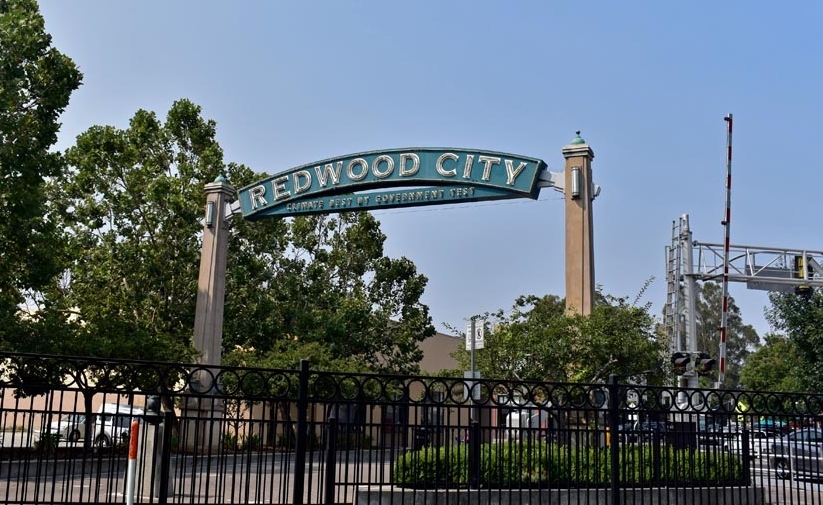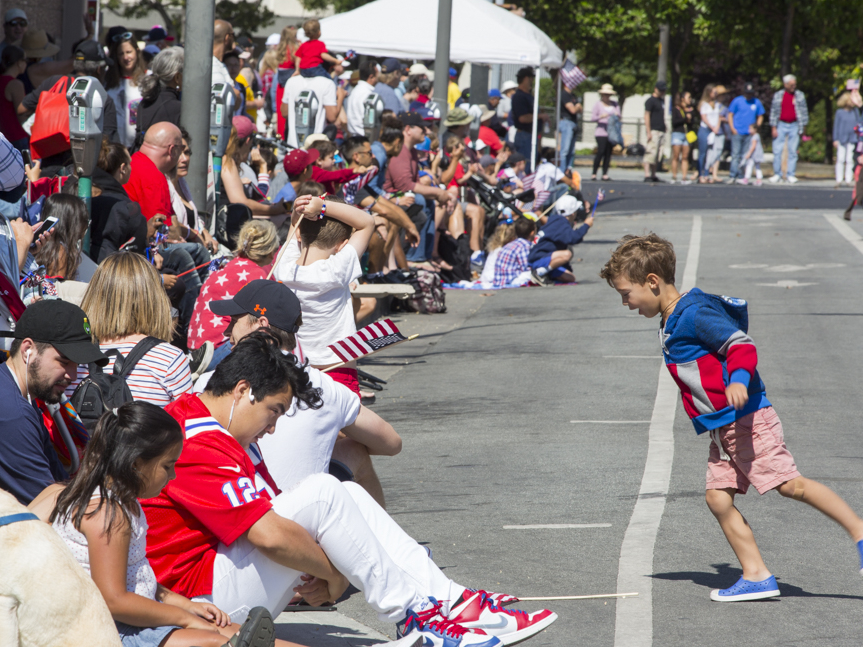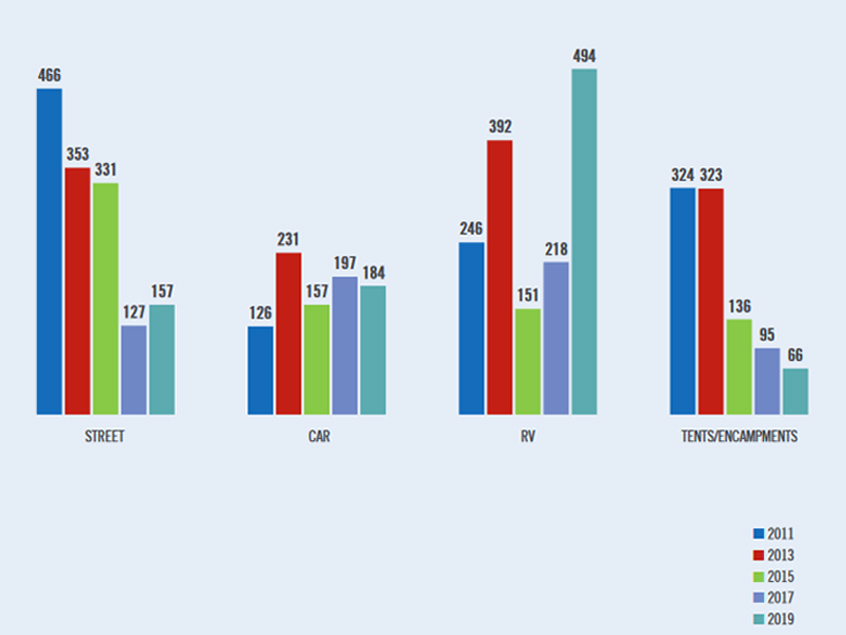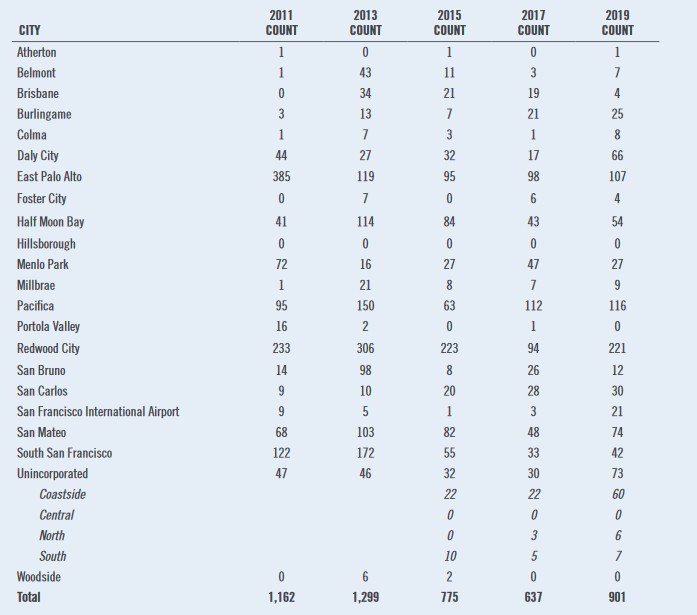Vigil planned in Redwood City to protest U.S. border conditions
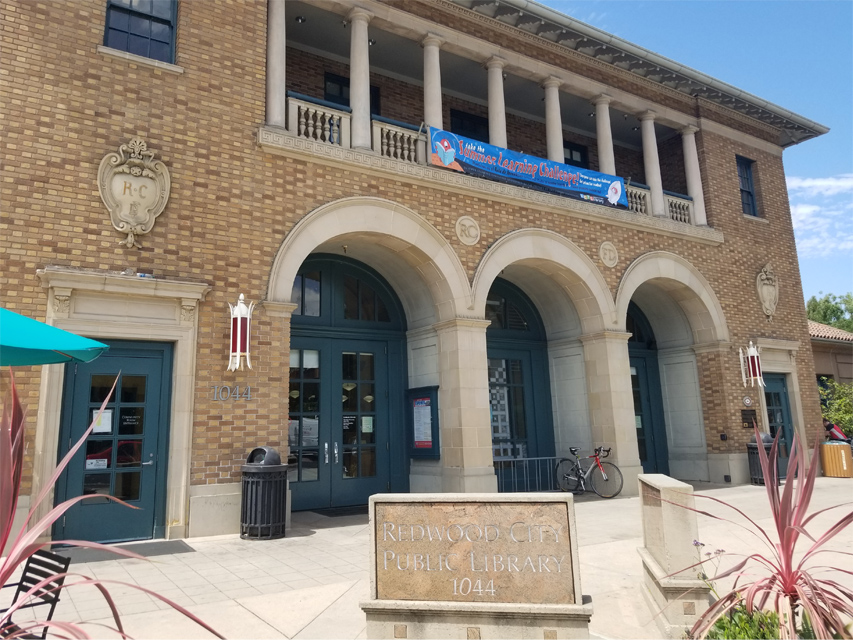
A candlelight vigil is planned on Friday, July 12 in front of the Redwood City Public Library in order to protest conditions facing incarcerated children on the U.S. southern border.
Hosted by the Woodside Road United Methodist Church, the event is set to take place from 7 p.m. to 10 p.m. at the Redwood City Public Library, 1044 Middlefield Road. There will be speakers along with a candle lighting at 9 p.m.
“Join civic and faith leaders, community organizers and activists, young people and our honored seniors, electeds and voters, immigrants and native born, as we stand together against the incarceration of children seeking refuge and asylum in the United States,” organizers said in the Facebook event page.
The vigil is being held in the wake of reports of overcrowded and squalid conditions at border detention centers (as described yesterday in the New York Times).

